As culinary preferences evolve over time, pasta remains a timeless delight that continues to attract food enthusiasts of all ages. Among the countless variations of pasta dishes, one that stands out is thin beef pasta. With its delectable combination of tender beef, perfectly cooked pasta, and rich flavors, this dish has become a beloved classic for many. In this article, we will explore the appeal of thin beef pasta, its culinary origins, and how this dish has evolved to cater to the changing tastes of diners. 1. Origins and Cultural Influence: Thin beef pasta is often associated with Italian cuisine, known for its rich and diverse pasta dishes. While the exact origins of this particular dish remain unclear, it is believed to have been derived from traditional Italian recipes that feature slow-cooked beef ragù served over thin strands of pasta.
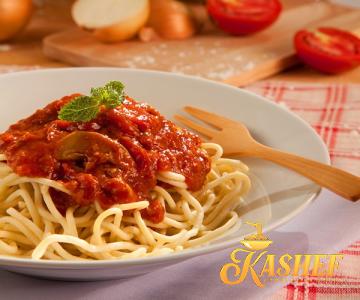
.
 Over time, different regions in Italy have developed their own variations, incorporating local ingredients and techniques to create unique flavor profiles. 2. The Art of Preparing Thin Beef Pasta: Creating an exceptional thin beef pasta dish requires a balance between well-cooked pasta and tender beef. Traditionally, the dish involves slow-cooking beef, such as chuck or brisket, with aromatic vegetables, herbs, and spices, creating a flavorful ragù. The pasta is then cooked separately to achieve the desired al dente texture. When combined, the tender beef sauce clings to the delicate strands of pasta, creating a harmonious and satisfying flavor explosion in each bite.
Over time, different regions in Italy have developed their own variations, incorporating local ingredients and techniques to create unique flavor profiles. 2. The Art of Preparing Thin Beef Pasta: Creating an exceptional thin beef pasta dish requires a balance between well-cooked pasta and tender beef. Traditionally, the dish involves slow-cooking beef, such as chuck or brisket, with aromatic vegetables, herbs, and spices, creating a flavorful ragù. The pasta is then cooked separately to achieve the desired al dente texture. When combined, the tender beef sauce clings to the delicate strands of pasta, creating a harmonious and satisfying flavor explosion in each bite.
..
 3. Adapting to Changing Palates: While traditional thin beef pasta remains a popular choice, contemporary variations have emerged to cater to evolving culinary preferences. Chefs are experimenting with different cuts of beef, such as short ribs or sirloin, to offer diverse textures and flavors. Additionally, creative twists on the classic dish can be found, incorporating ingredients like mushrooms, truffle oil, or red wine to enhance the depth of the sauce. These new adaptations add a modern touch while preserving the essence of the beloved dish. 4. Health-conscious Options: As health consciousness continues to rise, there is also an increasing demand for nutritious and lighter versions of thin beef pasta. Restaurants and home cooks alike are substituting leaner cuts of beef or even opting for plant-based protein alternatives like textured soy or seitan. Similarly, whole wheat or gluten-free pasta options are gaining popularity, providing a healthier alternative without compromising the taste and texture of the dish.
3. Adapting to Changing Palates: While traditional thin beef pasta remains a popular choice, contemporary variations have emerged to cater to evolving culinary preferences. Chefs are experimenting with different cuts of beef, such as short ribs or sirloin, to offer diverse textures and flavors. Additionally, creative twists on the classic dish can be found, incorporating ingredients like mushrooms, truffle oil, or red wine to enhance the depth of the sauce. These new adaptations add a modern touch while preserving the essence of the beloved dish. 4. Health-conscious Options: As health consciousness continues to rise, there is also an increasing demand for nutritious and lighter versions of thin beef pasta. Restaurants and home cooks alike are substituting leaner cuts of beef or even opting for plant-based protein alternatives like textured soy or seitan. Similarly, whole wheat or gluten-free pasta options are gaining popularity, providing a healthier alternative without compromising the taste and texture of the dish.
…
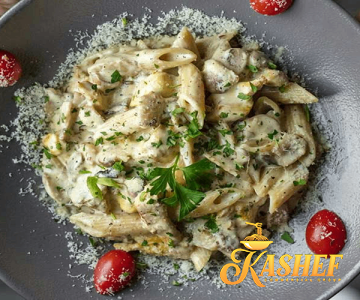 5. The Versatility of Thin Beef Pasta: Thin beef pasta is highly versatile and can be enjoyed as a standalone dish or complemented with accompaniments such as garlic bread, fresh salads, or a sprinkle of Parmesan cheese. Its versatility also extends to presentation, as it can be served in various forms – from traditional spaghetti to tagliatelle, pappardelle, or even stuffed pasta like cannelloni or ravioli, allowing for creativity and personalization in the kitchen. Conclusion: Thin beef pasta has undoubtedly earned its place as a beloved and versatile dish, appealing to a wide range of tastes and preferences. Whether enjoyed in its traditional form or with modern adaptations, the combination of tender beef and perfectly cooked pasta is a surefire way to indulge in a satisfying culinary experience. As dining trends continue to evolve, this classic dish will persist as a staple in the ever-changing world of gastronomy.
5. The Versatility of Thin Beef Pasta: Thin beef pasta is highly versatile and can be enjoyed as a standalone dish or complemented with accompaniments such as garlic bread, fresh salads, or a sprinkle of Parmesan cheese. Its versatility also extends to presentation, as it can be served in various forms – from traditional spaghetti to tagliatelle, pappardelle, or even stuffed pasta like cannelloni or ravioli, allowing for creativity and personalization in the kitchen. Conclusion: Thin beef pasta has undoubtedly earned its place as a beloved and versatile dish, appealing to a wide range of tastes and preferences. Whether enjoyed in its traditional form or with modern adaptations, the combination of tender beef and perfectly cooked pasta is a surefire way to indulge in a satisfying culinary experience. As dining trends continue to evolve, this classic dish will persist as a staple in the ever-changing world of gastronomy.
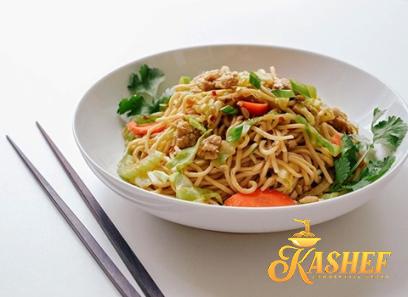
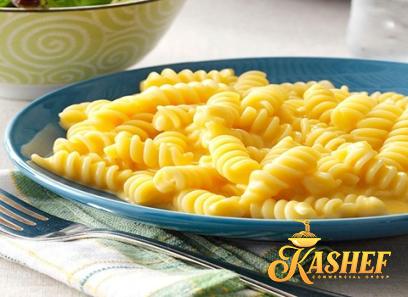

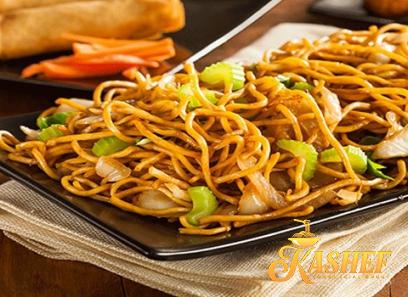
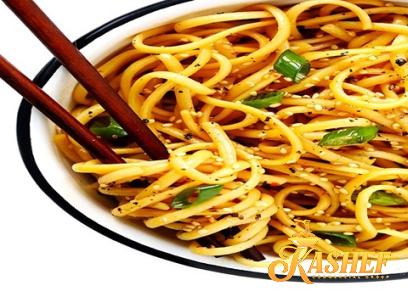
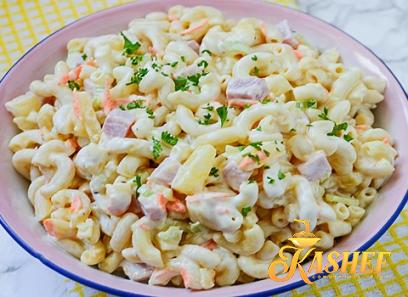


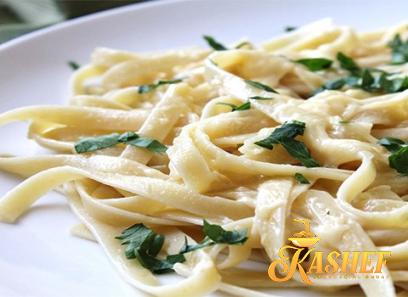

Your comment submitted.